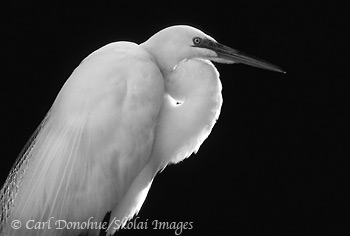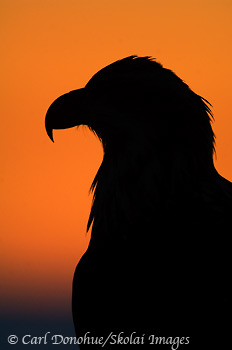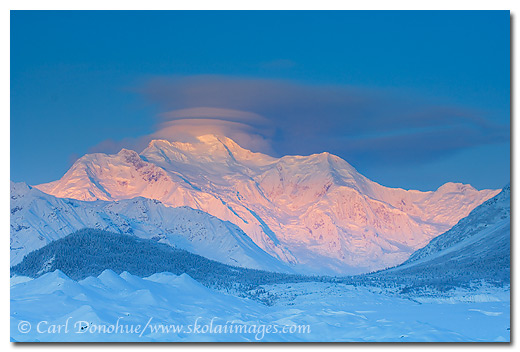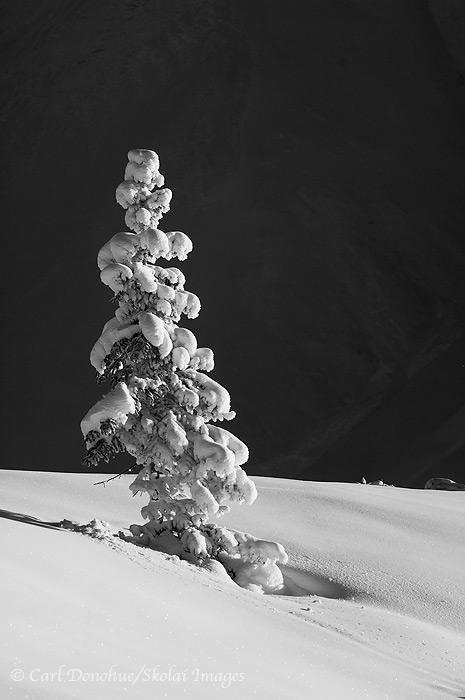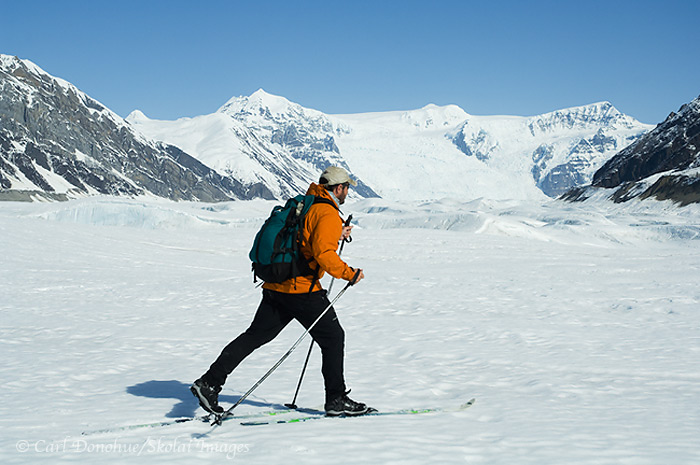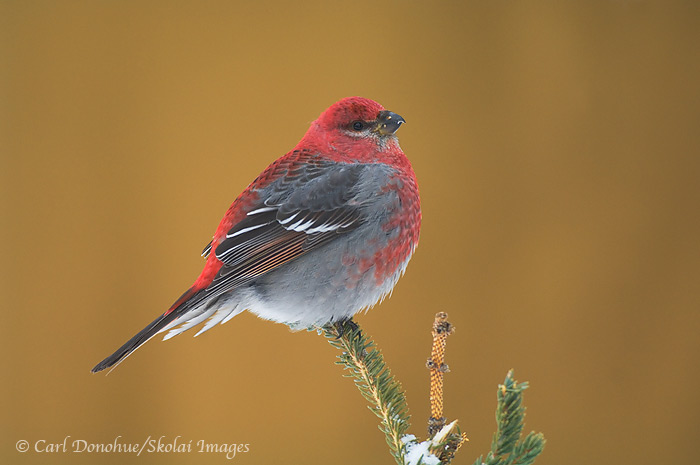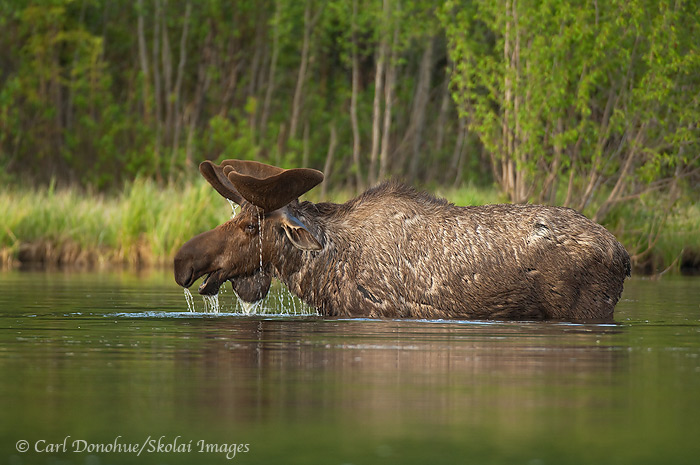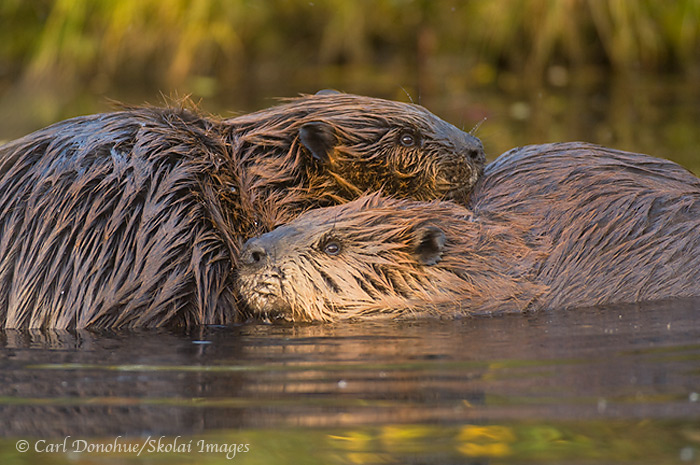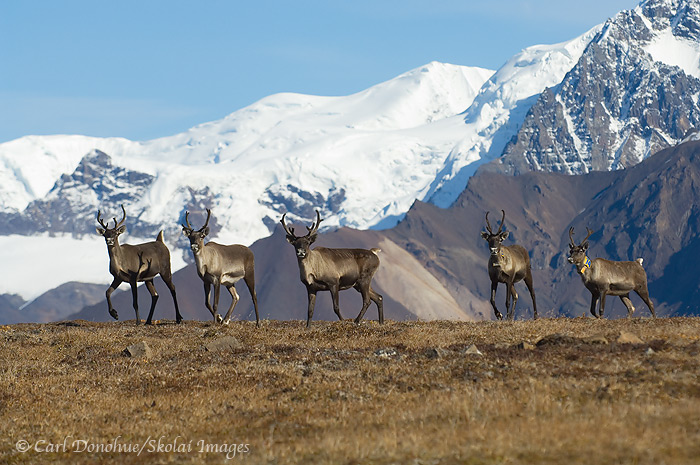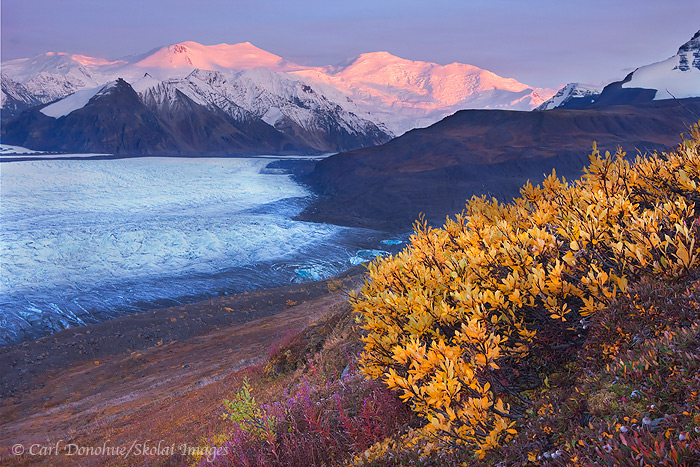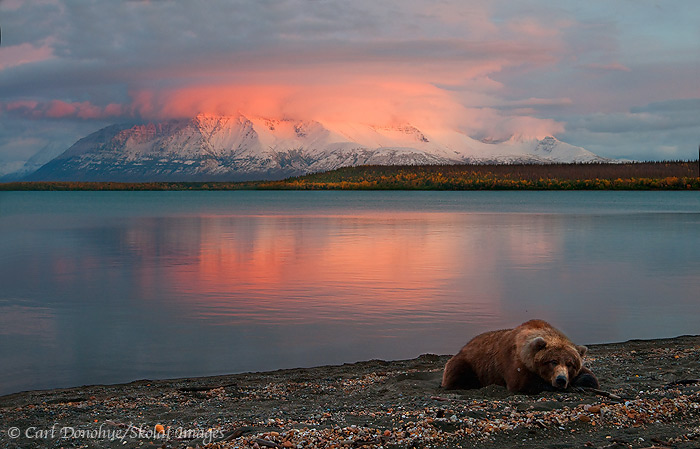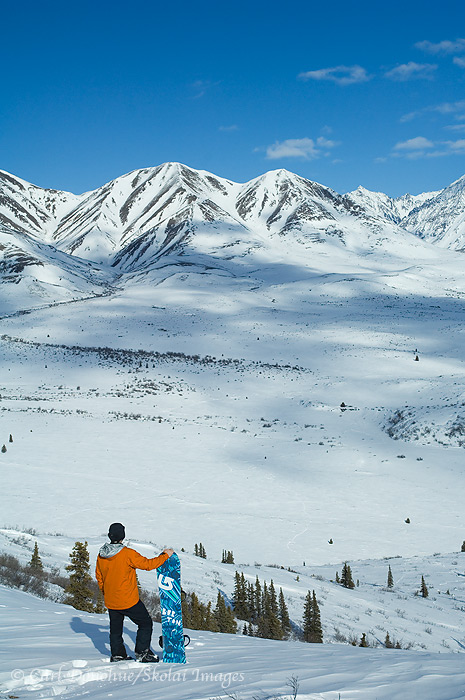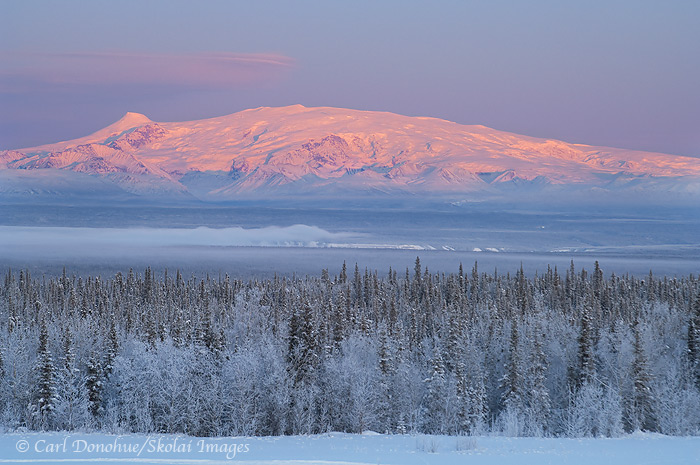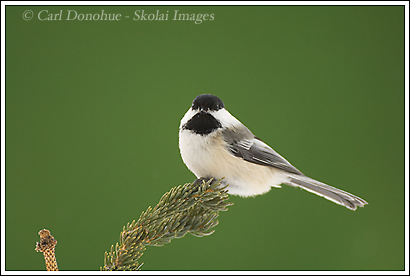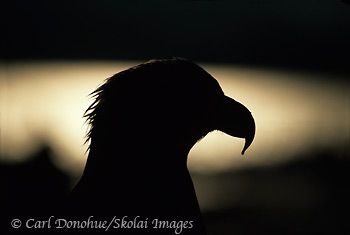
An adult Bald Eagle silhouetted headshot, on perch, Homer, Alaska. (Haliaeetus leucocephalus). This photo was taken with photo equipment, by a photographer. The 2 worked together. The eagle co-operated only briefly. Pesky eagles. Click on the image above to view a larger version of this photo.
Hey Folks,
I read it again last night. This nonsense has to stop. Why do photographers so often have such a hard time simply acknowledging that what we do is inherently technological? As such, technological advances (i.e., new gear) can (and typically do) play an enormous role in the work we produce. Perhaps much more so than most other art forms.
You’ve all seen the kind of commentary I’m talking about; another piece about how painters don’t talk endlessly about their paintbrushes. Or, even more inanely, how if Art Wolfe were to shoot with a P&S camera, he’d still produce a remarkable portfolio. It’s the photographer, not the camera, that produces great work, blah, blah, blay.
Right? Continue reading
